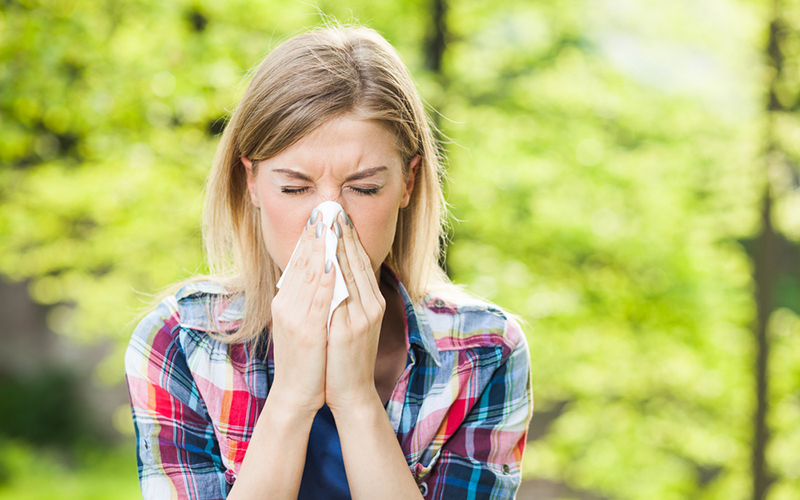In the sunshine state we’re envied for having some of the best weather in the country. And, why shouldn’t we be? Unlike our southern neighbours, we’re accustomed to temperatures hovering above 20 degrees celsius pretty much all year round – especially up north.
Many of us don’t even know how to dress for cold weather. Layers? Quilted outerwear? Nope. We’ll just push through those two weeks of the year it actually gets chilly with the jumpers we have, thank you very much.
However, it seems our warm climate isn’t doing us any favours when it comes to avoiding the flu.
So far in 2016, Queensland has recorded the highest rates of influenza in Australia – making us the country’s flu capital.
What the statistics say about influenza in the sunshine state
You may have read a House Call Doctor blog post recently about delays to the rollout of this year’s publicly funded flu vaccine in Queensland.
In it we mentioned there’s already been more than 2,000 cases of influenza reported in the state in 2016, double the average amount over the last five years.
Well, since then it’s climbed even higher, and rather quickly, with more than 821 additional cases recorded in the last four weeks alone.
How Queensland compares to other states and territories
According to the Federal Government, these were the number of influenza cases recorded in each state or territory between January 1 and April 18 this year:
- Queensland: 2,684
- New South Wales: 1,983
- Victoria: 771
- Western Australia: 561
- South Australia: 520
- Northern Territory: 82
And, Queensland Health data breaks down the areas most affected:
- Brisbane North: 623
- Brisbane South: 621
- Gold Coast: 299
- Cairns and Hinterland: 238
- Sunshine Coast: 224
- Townsville: 195
The national statistics put Queensland at least 700 cases ahead of New South Wales. This time, it’s not something we want to brag about.
AMA Queensland’s chair of general practice Doctor Richard Kidd told ABC News it should serve as a warning to us all.
“It’s a call to action for all of us as health professionals and certainly everyone out in the public,” he said.
“It’s time to get vaccinated to protect yourselves.”
Dr Kidd also said the figures only include cases that were “laboratory confirmed” and actual figures could be six to seven times higher.
Why are our influenza rates so high?
It can be hard to determine exactly why Queensland is leading the nation, because variations in influenza rates year-to-year are considered normal among medical experts.
But, here are the some of the possibilities they’ve flagged:
- Transient population. People from low vaccination areas moving through the state’s densely populated regions
- Unvaccinated visitors. Travellers from countries, like the PNG, entering Queensland from the Far North
- Outbreaks of rare strains. Last year’s horror flu season was attributed to the unexpected resurgence of the influenza Brisbane virus.
For tips on how to avoid the flu or information about getting vaccinated visit Queensland Health’s website.
If you’re experiencing flu-like symptoms and you can’t get to your usual GP, book a Home Doctor in Brisbane via online, through the app or by calling 13 55 66.





